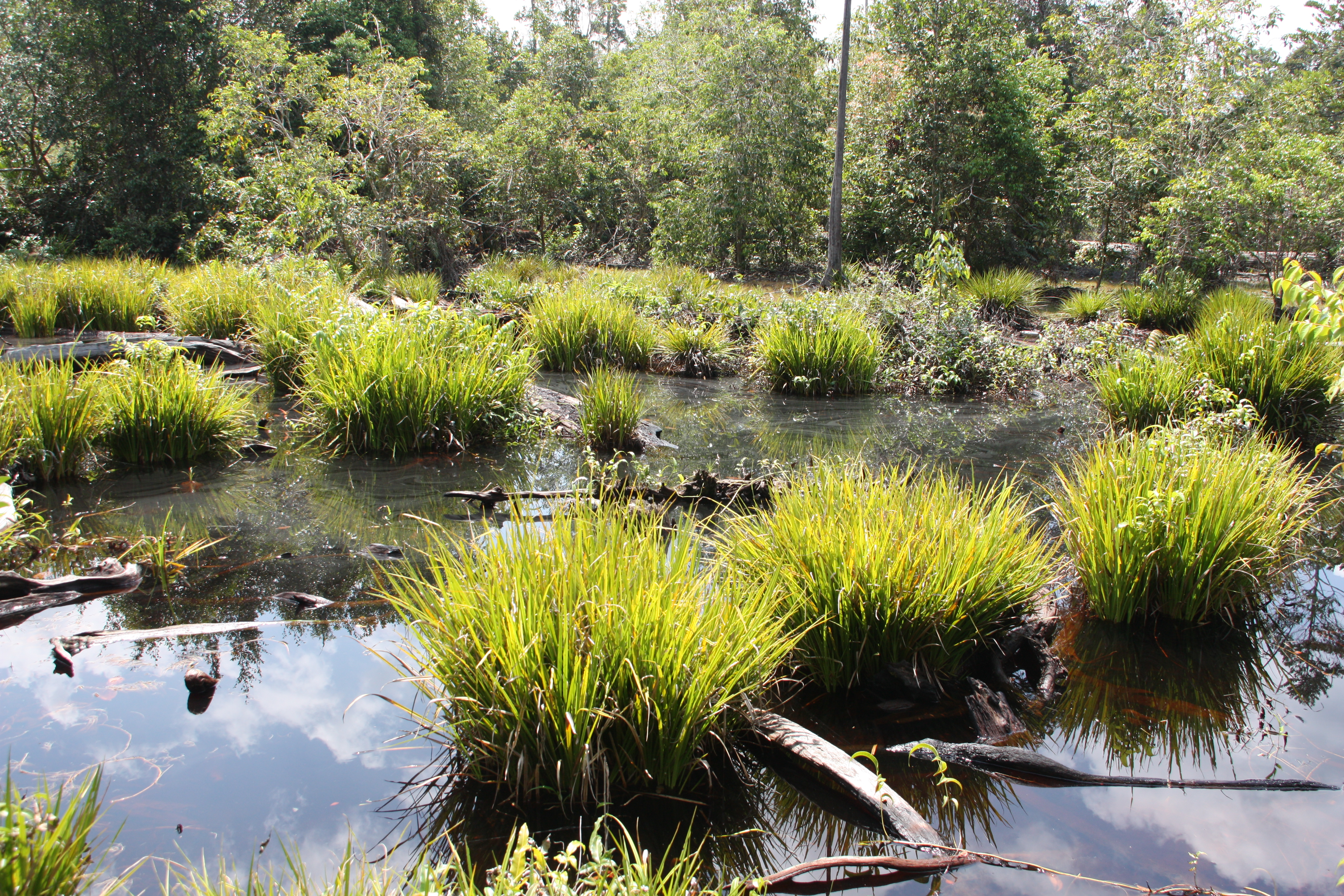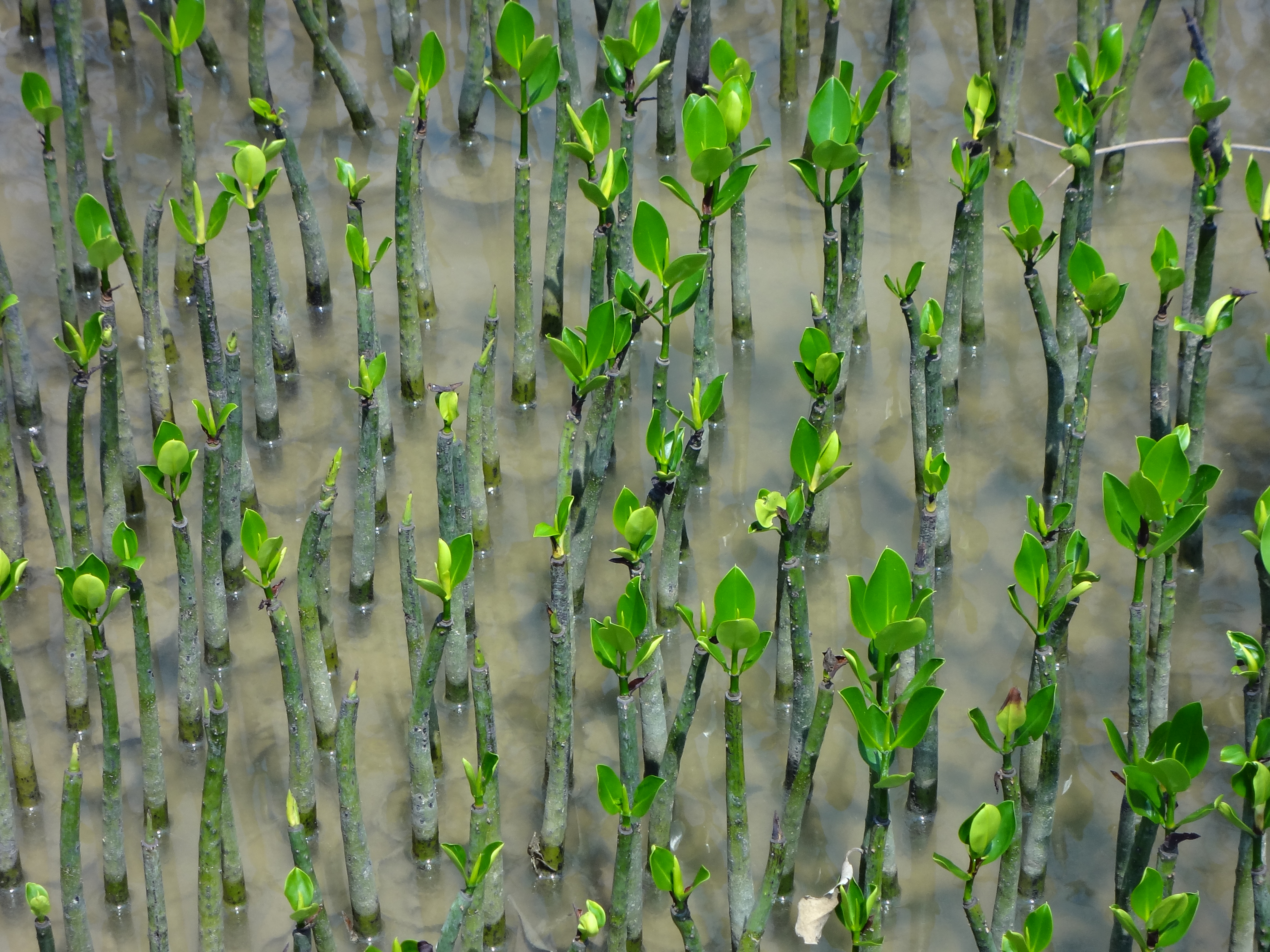
Water Stores from Mountains to Sea
Wetlands such as rivers, swamps and lakes play a critical role in supplying and regulating the quantity and quality of water. With water related issues such as water scarcity, droughts and floods increasing globally, conserving and restoring wetlands is a cost-effective investment strategy to increase water security. The challenge is ensuring sustainable development while safeguarding vulnerable communities at risk from water-related disasters.
Many different wetlands help retain freshwater in the landscape. From mountains to the sea, extensive upland peatlands, streams and marshes, mid-reach floodplains and lakes, and lowland mangroves are all key wetland types that play a role in regulating water supply to ensure water security and reduce the risk of natural hazards.
One of the biggest global challenges is the growing demand for freshwater. Competition for freshwater for human consumption, food and energy production and environmental flows are leading to the loss and degradation of wetlands. The drainage of mountain peatlands, conversion of lakes and channelization of rivers and loss of upstream wetlands threatens the health and safety of billions of people downstream by reducing the capacity of the landscape to store water. This prevents the replenishment of groundwater and increases the risk of water scarcity and flash floods.
We work in the headwaters of some of the largest river basins in the world – all the way downstream to deltas in order to conserve and restore wetlands and reduce water risks.




